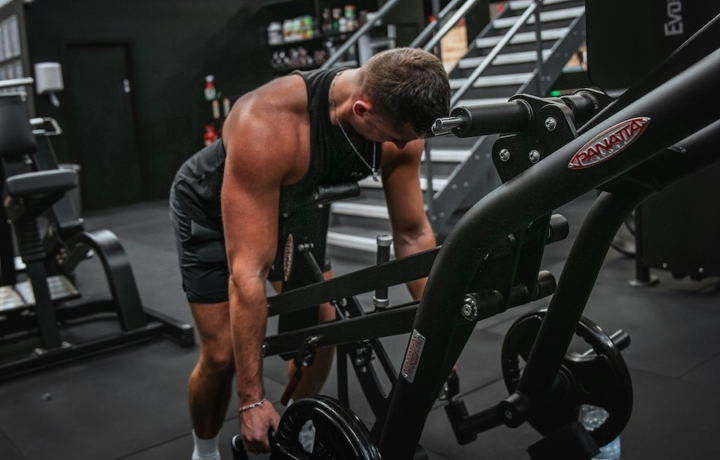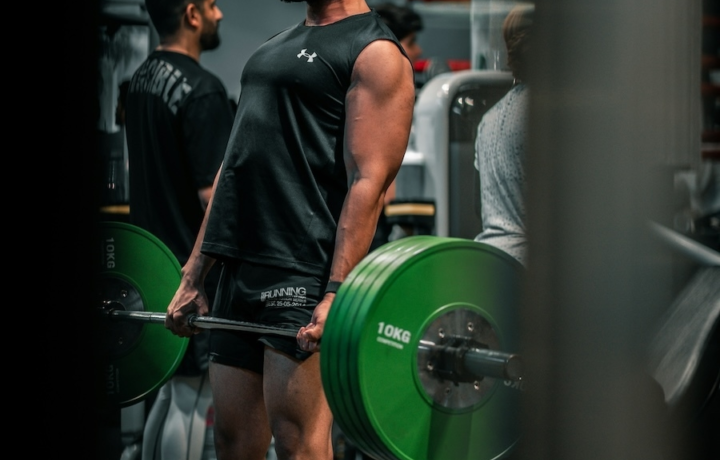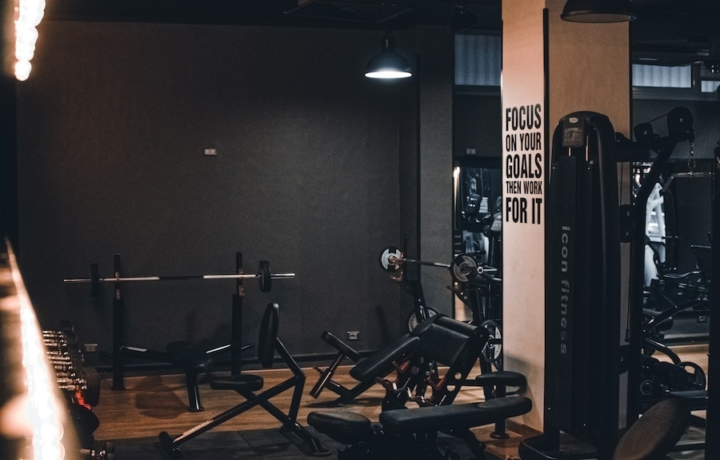Exercise
Dumbbell Shrug

Dumbbell Shrug
How to Perform
- Stand with your feet shoulder-width apart, holding a dumbbell in each hand with palms facing your body and arms fully extended.
- Position the dumbbells so they rest against the front of your thighs, maintaining a neutral spine and slight bend in your knees.
- Brace your core and pull your shoulders back slightly to establish a strong, stable starting position.
- Inhale deeply, then as you exhale, elevate your shoulders directly upward toward your ears as high as possible without rotating them.
- Focus on using only your trapezius muscles to perform the movement while keeping your arms straight and elbows unlocked.
- Hold the contracted position at the top for 1-2 seconds, squeezing your traps intensely.
- Inhale as you slowly lower the dumbbells back to the starting position by relaxing your shoulders downward in a controlled manner.
- Maintain your stable stance and neutral spine throughout the entire set, avoiding the tendency to rock or use momentum.
Important information
- Keep your neck in a neutral position throughout the exercise and avoid jutting your chin forward or looking down.
- Make sure you're elevating your shoulders straight up toward your ears, not rolling them forward or backward unless specifically performing a shrug variation.
- Select a weight that allows for complete control—you should be able to hold the top position without straining.
- If you experience any neck pain during the exercise, reduce the weight or check your form with a qualified trainer.

Dumbbell Shrug
Exercise Details
Primary Muscles
Muscle Groups
Mechanic
Risk Areas
Built for progress
Take the guesswork out of training
Create personalized AI-powered workout plans that evolve with you. Train smarter, track every rep and keep moving forward, one workout at a time.






The dumbbell shrug stands as a fundamental movement in the strength training and bodybuilding world, perfectly tailored for beginners while remaining a staple exercise for experienced lifters. This accessible movement primarily targets the trapezius muscles—commonly called the "traps"—which span across your upper back, neck, and shoulders, creating that powerful, athletic look many fitness enthusiasts strive for.
What makes the dumbbell shrug particularly appealing for those new to bodybuilding is its straightforward nature and the immediate sensation of activation in the target muscles. As a beginner-friendly exercise, it allows newcomers to develop a mind-muscle connection with their upper trapezius, an area that contributes significantly to an impressive physique and functional strength.
For bodybuilders, the dumbbell shrug represents an essential tool for sculpting imposing traps that create that coveted V-taper appearance. The exercise allows for precise isolation of the trapezius muscles, enabling bodybuilders to add thickness and definition to this highly visible muscle group. The trap development achieved through consistent shrug training contributes to a more three-dimensional physique that stands out both on stage and in everyday life.
Beyond aesthetic benefits, strengthening your traps through dumbbell shrugs provides practical advantages for overall physical performance. Strong trapezius muscles support better posture, enhance shoulder stability, and can contribute to improved performance in other compound movements like deadlifts and overhead presses. This makes the exercise valuable not just for bodybuilding purposes but also for general strength development.
For those seeking strength gains, the dumbbell shrug allows for progressive overload—the gradual increase of resistance over time—which is crucial for continuous improvement. As your traps become stronger, you can incrementally increase the weight, making this simple movement a sustainable component of long-term strength programming that can grow with you throughout your fitness journey.
FAQ - Dumbbell Shrug
Dumbbell shrugs primarily target the trapezius muscles (traps), particularly the upper portion that runs from your neck to your shoulders. They also engage the levator scapulae, rhomboids, and parts of the deltoids as secondary muscles.
Stand with feet shoulder-width apart holding dumbbells at your sides, then lift your shoulders straight up toward your ears as high as possible without rotating them. Pause briefly at the top, then lower with control to the starting position, maintaining a neutral spine throughout the movement.
Incorporate dumbbell shrugs 1-2 times per week, typically on shoulder or back training days. Allow 48-72 hours for trapezius recovery between sessions, as these muscles are also engaged during many compound upper body exercises.
Avoid rolling your shoulders forward or backward, as this reduces trap activation and can strain your rotator cuffs. Don't use momentum by bending your elbows or knees, and resist jerking the weight up or dropping it down without control.
Increase the challenge by gradually adding weight, incorporating pause reps (holding the contracted position for 2-3 seconds), trying single-arm variations, or experimenting with tempo changes like slower eccentric (lowering) phases to increase time under tension.








